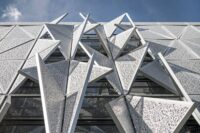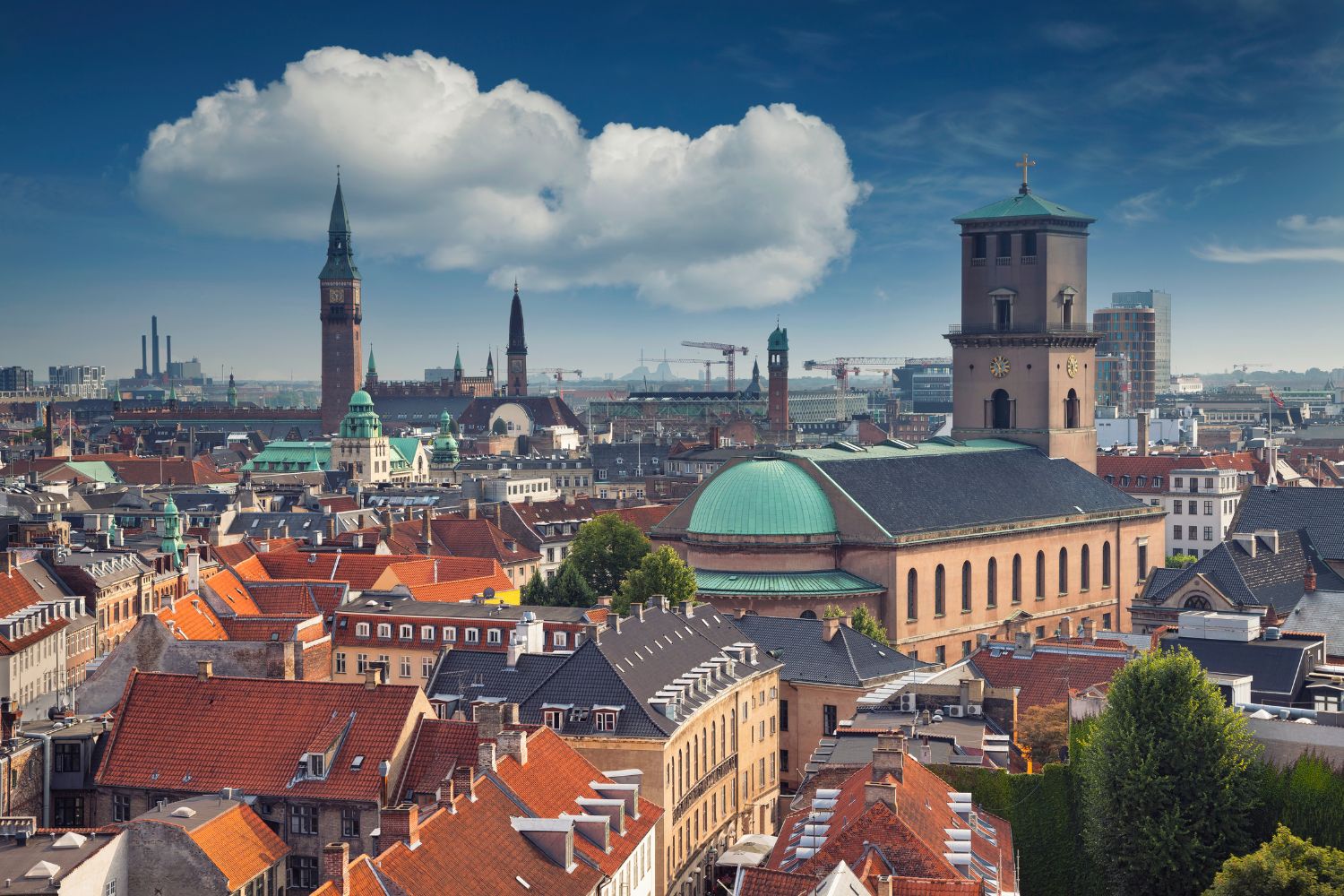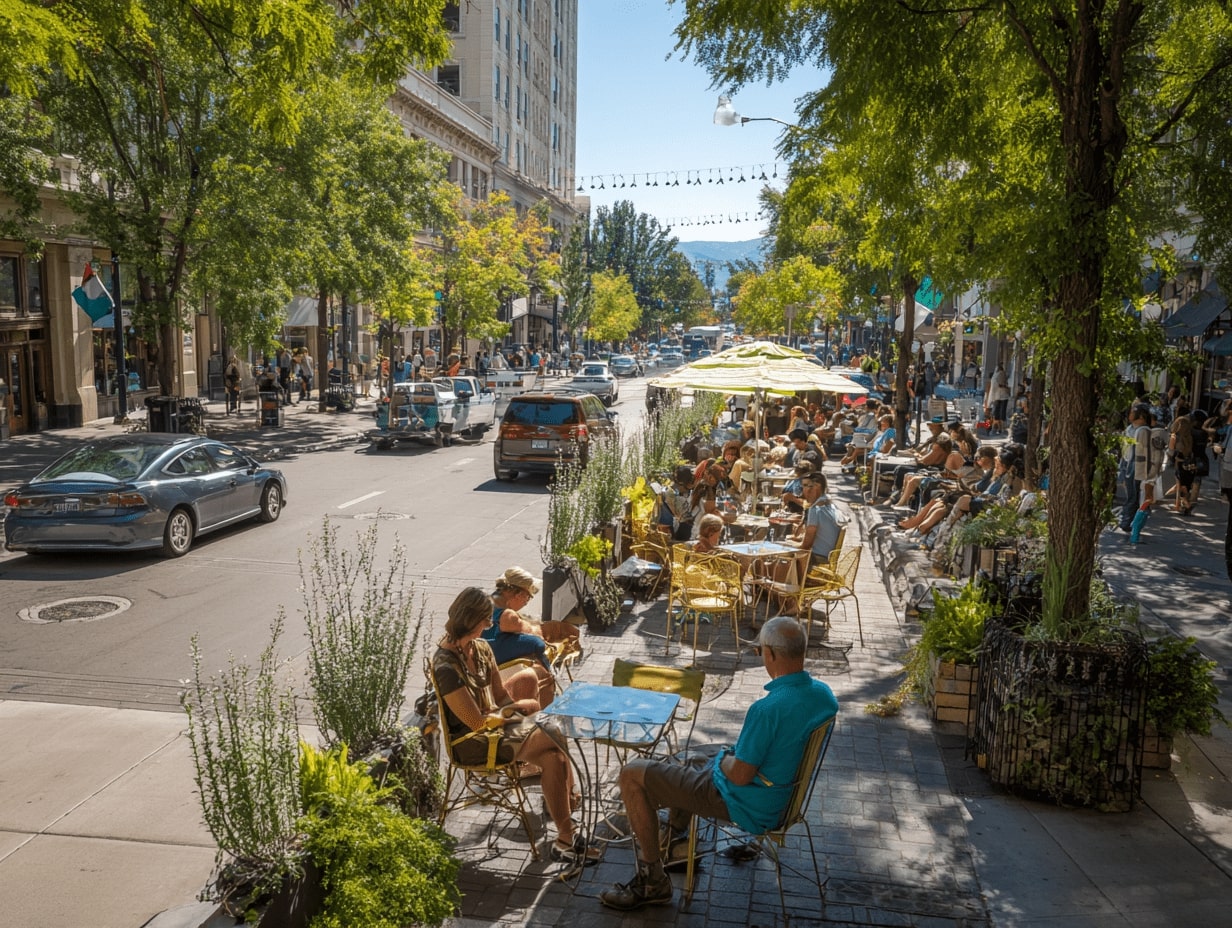- Home
- Articles
- Architectural Portfolio
- Architectral Presentation
- Inspirational Stories
- Architecture News
- Visualization
- BIM Industry
- Facade Design
- Parametric Design
- Career
- Landscape Architecture
- Construction
- Artificial Intelligence
- Sketching
- Design Softwares
- Diagrams
- Writing
- Architectural Tips
- Sustainability
- Courses
- Concept
- Technology
- History & Heritage
- Future of Architecture
- Guides & How-To
- Art & Culture
- Projects
- Interior Design
- Competitions
- Jobs
- Store
- Tools
- More
- Home
- Articles
- Architectural Portfolio
- Architectral Presentation
- Inspirational Stories
- Architecture News
- Visualization
- BIM Industry
- Facade Design
- Parametric Design
- Career
- Landscape Architecture
- Construction
- Artificial Intelligence
- Sketching
- Design Softwares
- Diagrams
- Writing
- Architectural Tips
- Sustainability
- Courses
- Concept
- Technology
- History & Heritage
- Future of Architecture
- Guides & How-To
- Art & Culture
- Projects
- Interior Design
- Competitions
- Jobs
- Store
- Tools
- More
Designing Sustainable Urban Spaces: Creating Eco-Friendly Communities for a Better Future
Explore the vital role of designing sustainable urban spaces in combating climate change and enhancing quality of life. This article dives into green architecture, efficient public transport, and community-focused designs that integrate nature into urban environments. Discover successful global case studies and key principles for mixing residential, commercial, and recreational spaces.

As we navigate the challenges of rapid urbanization and climate change, the need for sustainable urban spaces has never been more critical. Designing these spaces isn’t just about aesthetics; it’s about creating environments that enhance our quality of life while minimizing our ecological footprint.
We’re witnessing a shift in how cities are planned and developed, focusing on green architecture, efficient public transportation, and community-centric designs. By integrating nature into urban landscapes, we can foster healthier, more resilient communities. Join us as we explore innovative strategies and best practices for designing urban spaces that not only meet our needs today but also safeguard our planet for future generations.

Table of Contents
ToggleImportance Of Designing Sustainable Urban Spaces
Designing sustainable urban spaces plays a crucial role in combating climate change while enhancing overall quality of life. These spaces integrate essential environmental principles, leading to healthier communities and ecosystems.

Environmental Benefits
Sustainable urban spaces contribute significantly to environmental protection. They utilize green architecture that minimizes resource consumption and promotes energy efficiency. For example, green roofs and solar panels generate renewable energy and reduce urban heat islands. Green spaces enhance biodiversity by providing habitats for wildlife, which benefits local ecosystems. Efficient public transportation systems decrease reliance on cars, leading to reduced greenhouse gas emissions and improved air quality. Sustainable materials in construction reduce waste and lower ecological footprints.
Social Impacts
Sustainable urban design fosters social cohesion and community well-being. Mixed-use developments encourage social interaction by bringing residential, commercial, and recreational areas closer together. Public spaces, such as parks and plazas, become hubs for community activities and cultural events, enhancing social connections. Access to nature improves mental health and overall happiness among residents. Additionally, sustainable urban spaces prioritize inclusivity, ensuring equitable access for all community members to essential services and amenities. By promoting walkable neighborhoods, we encourage active lifestyles and stronger community ties.
Key Principles Of Sustainable Urban Design
Sustainable urban design focuses on creating spaces that balance environmental, social, and economic factors. We emphasize principles that enhance livability and minimize ecological footprints.

Mixed-Use Development
Mixed-use development integrates residential, commercial, and recreational spaces within the same area. This approach reduces the need for transportation, supports local economies, and encourages social interaction. By creating vibrant neighborhoods, we promote walkability and reduce reliance on cars. Successful mixed-use projects often include housing, retail shops, office spaces, and community amenities, contributing to a diverse urban atmosphere. Examples include mixed-use complexes that combine apartments with grocery stores and cafes, fostering both community engagement and convenience.
Green Spaces
Green spaces play a pivotal role in sustainable urban design by providing recreational areas and improving air quality. Parks, gardens, and green roofs enhance biodiversity and offer natural habitats for local wildlife. We prioritize the incorporation of these spaces into urban planning to enhance mental well-being and promote outdoor activity. Successful cities often feature interconnected green corridors that provide access to nature. Examples include linear parks that link neighborhoods or urban forests that serve as city lungs, effectively reducing heat islands and promoting ecological resilience.
Strategies For Implementing Sustainable Practices
Implementing sustainable practices in urban spaces requires a multifaceted approach. Focusing on energy efficiency and sustainable transportation fosters environmentally-friendly communities.

Energy Efficiency
Maximizing energy efficiency remains essential for sustainable urban design. Integrating smart building technologies helps monitor and manage energy usage effectively. Utilizing high-performance insulation reduces heating and cooling demands, lowering energy consumption. Installing energy-efficient appliances and lighting minimizes waste while providing the same level of comfort.
Incorporating renewable energy sources, such as solar panels or wind turbines, can significantly offset energy needs and reduce reliance on fossil fuels. Designing buildings that leverage natural daylight enhances indoor environments and decreases the necessity for artificial lighting. Lastly, setting community-wide energy efficiency standards ensures consistency in sustainable practices across urban developments.
Sustainable Transportation
Promoting sustainable transportation systems enhances urban mobility while significantly lowering carbon emissions. Expanding public transportation options, such as buses and trains, encourages residents to utilize mass transit instead of private vehicles. Implementing dedicated bike lanes and pedestrian-friendly pathways supports active transportation and increases accessibility.
Integrating electric vehicle (EV) charging stations throughout urban areas incentivizes the use of electric cars, reducing air pollution. Supporting car-sharing programs and flexible mobility solutions helps decrease the number of vehicles on the road. Lastly, designing mixed-use neighborhoods that are walkable and cycle-friendly fosters community interaction and reduces dependence on personal automobiles.
Case Studies Of Successful Urban Designs
We can learn from various successful urban designs worldwide that effectively integrate sustainability principles. These case studies exemplify innovative approaches that enhance livability while minimizing environmental impact.

International Examples
-
Copenhagen, Denmark
Copenhagen’s commitment to sustainability includes a comprehensive cycling infrastructure, aiming for citywide carbon neutrality by 2025. The city invests in green roofs and energy-efficient buildings, contributing to improved air quality and reduced energy consumption.
-
Curitiba, Brazil
Curitiba’s Bus Rapid Transit (BRT) system revolutionized public transportation with dedicated bus lanes and integrated land use. This system reduces reliance on cars, leading to decreased traffic congestion and lower greenhouse gas emissions.
-
Freiburg, Germany
Freiburg is a pioneer in solar energy implementation, featuring an extensive network of solar panels across residential and commercial buildings. The city’s emphasis on pedestrian-friendly zones and green spaces promotes community interaction and enhances residents’ quality of life.
Local Innovations
-
Los Angeles, California
Los Angeles has adopted the Green Streets Initiative, focusing on sustainable stormwater management through permeable pavements and urban greenery. This project reduces flooding risks and promotes biodiversity, while improving local aesthetics.
-
Portland, Oregon
Portland emphasizes mixed-use developments that foster community connections and reduce dependence on automobiles. The city’s investment in comprehensive bike lanes and public transit options supports sustainable commuting while enhancing urban resilience.
-
New York City, New York
New York City’s High Line Park transformed an abandoned elevated railway into a vibrant public park. This space encourages biodiversity and community engagement, demonstrating how adaptive reuse of infrastructure can create green urban environments.
Challenges In Designing Sustainable Urban Spaces
Designing sustainable urban spaces involves several challenges that can impede progress. Two notable challenges include financial constraints and the necessity for effective community engagement.

Financial Constraints
Budget limitations often hinder the implementation of sustainable design elements. We face upfront costs associated with green technologies, renewable energy sources, and quality materials. These initial expenses can deter investment in sustainable projects, despite their long-term savings and environmental benefits. Additionally, funding sources may be scarce, making it difficult to secure financing for ambitious urban development initiatives. Striking a balance between sustainable practices and budget constraints remains crucial for encouraging investment while achieving sustainability goals.
Community Engagement
Effective community engagement is vital in sustainable urban design. Engaging residents fosters a sense of ownership and accountability over their spaces. We encounter challenges when trying to involve diverse populations in the planning process, as many residents may lack awareness of sustainability issues or feel excluded from decision-making. Building trust and facilitating open dialogues can address these barriers, leading to better outcomes. Incorporating community feedback ensures that designs meet the needs and values of the population, making urban spaces more functional and attractive to all users.
Conclusion
Designing sustainable urban spaces addresses pressing environmental and social challenges. We recognize that such designs enhance quality of life and reduce ecological footprints. By implementing key principles like mixed-use development and integrating green spaces, we foster community engagement and social cohesion.
Our success stories worldwide demonstrate effective strategies. Cities like Copenhagen prioritize cycling, while Curitiba optimizes public transit. Implementing solar energy, as seen in Freiburg, showcases the benefits of renewable sources in urban settings. Local efforts, such as Los Angeles’ Green Streets Initiative and New York City’s High Line Park, highlight how urban design can balance aesthetics with sustainability.
We also acknowledge challenges, including financial constraints and the need for effective community involvement. Investing in sustainable design requires upfront capital but yields long-term benefits. Community engagement fosters ownership and ensures designs reflect residents’ needs. Building trust and facilitating open dialogue are crucial for success.
Embracing innovative strategies allows us to create urban environments that are not only livable but also environmentally responsible. Sustainable urban design offers a pathway to meet today’s challenges while safeguarding our planet for future generations.
- carbon-neutral urban planning
- Eco Friendly Architecture
- eco-conscious urban development
- eco-friendly community planning
- environmental urban architecture
- environmentally conscious city planning
- green city planning
- green urban spaces
- low-impact urban development
- renewable urban infrastructure
- resilient urban design
- smart city sustainability
- sustainability in city planning
- sustainable community development
- sustainable urban design
- sustainable urban planning
- urban eco-design
- urban ecosystem design
- urban green infrastructure
- urban sustainability solutions
Submit your architectural projects
Follow these steps for submission your project. Submission FormLatest Posts
Copenhagen Named the Happiest City in the World in 2025
Copenhagen has been named the happiest city in the world in 2025...
Frank Gehry’s Transformative Ideas in Urban Design
Frank Gehry’s influence extends far beyond expressive architecture; his ideas have reshaped...
What are Biodomes?
Biodomes are transforming architecture by blending ecological science with advanced design to...
Architecture as Infrastructure: Designing Beyond Buildings
Architecture as infrastructure reframes cities as systems—flows, lifecycles, and value. Explore resilient...












Leave a comment